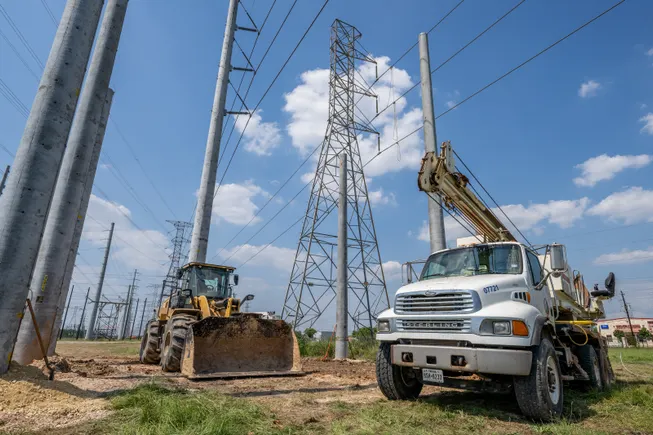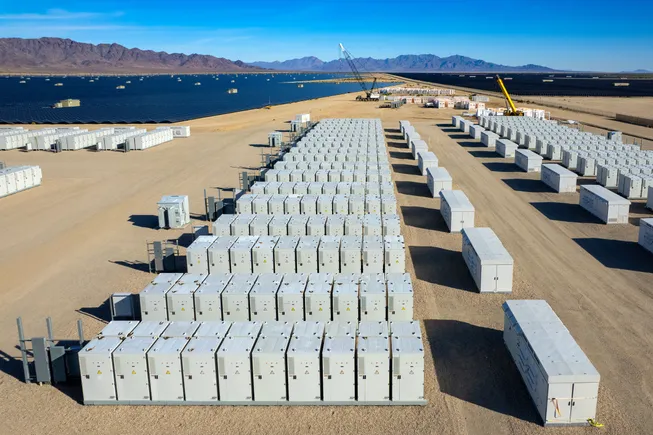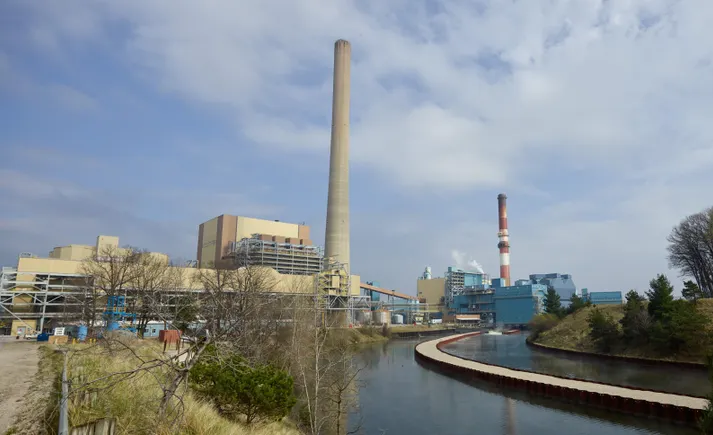Reduce Soil Erosion and Water Waste with Contour Planting
If you’re growing on sloped land, it pays to think about your farm layout before you start preparing the land and getting crops in the ground. Planting down the slope may sound like an easy option, but it lets rainwater rush straight downhill, leading to runoff and erosion. The post Reduce Soil Erosion and Water Waste with Contour Planting appeared first on Modern Farmer.

Contour planting involves tilling, discing, and otherwise preparing the land in line with its natural slope, then planting crops on this same line. When you look at a topographic map, the rows and/or strips of crops will be parallel to the contour lines.
This practice isn’t more difficult than other types of planting, but it helps conserve valuable resources and protect the surrounding environment.
History

Although indigenous communities have been utilizing contour planting for generations, this practice increased in popularity after the Dust Bowl of the 1930s. This time in history showed us just how bad things could become when adverse weather conditions combined with poor land management.
In an effort to improve the environment and life for farmers, President Franklin Delano Roosevelt signed the Soil Conservation and Domestic Allotment Act (SCDAA) in 1935. This Act implemented payments for farmers who completed certain conservation practices, allowing them to take some land out of production as they transitioned to more environmentally friendly practices. Contour planting was one of the practices supported by the SCDAA.
After the Dust Bowl era, the public saw how devastating unchecked erosion could be. The newly formed Soil Conservation Service (SCS), now the Natural Resources Conservation Service (NRCS), helped farmers implement contour planting to keep soils in place. However, many farmers growing on slopes continue to plant down rather than across the slope.
Who Can Benefit ?

We’ve covered that contour planting involves planting with a slope, but is it suitable for every type of land and crop?
You can implement this practice at any scale, whether you’re working with a small backyard garden or thousands of acres. However, it works best when the land is at a slope between two and ten percent. In most instances, if you can see a slope but it’s low enough to safely drive equipment on, it’s a good candidate for this method.
Slopes greater than ten percent are better suited to other practices, like terracing.
What Are the Benefits?

Contour planting helps reduce soil erosion and water runoff. When crops are planted down a slope, water flows quickly through the rows, especially during heavy rain. Instead of percolating into the ground, the water runs down the row, picking up soil particles and carrying them down the slope. The soil is like a kid flying down a waterslide, except it didn’t sign up for this ride.
The water and soil keep moving until they reach a low point of the land. When the low spot is the end of the row, large puddles form, drowning crops and making it difficult for them to exchange gases and absorb water and nutrients. They’re often dead or severely stunted by the time the water makes its way into the ground.
Sometimes, the water and soil go to local waterways, polluting watersheds with sediment. This pollution harms local wildlife and makes it more difficult to treat water for drinking. Rushing water can also cause fertilizers to run off into local waterways, leading to issues including algal blooms and fish kills. And this wasted fertilizer means higher input costs.
Contour planting slows water as it flows down the slope, allowing it to percolate into the soil. That means less wasted water and a reduced need for irrigation.
The slower water flow also means soil particles are less likely to be taken along for the ride. Contour planting can reduce soil erosion by 50% compared to traditional vertical planting along a slope.
How to Get Started

The first step to implementing this farming practice is determining the layout and grade of your slope. While you can use your eyes to start, looking at a topographic map makes the process much easier and gives you a visual reference. You can find a topographic map of your land from the United States Geological Survey (USGS). The lines on these maps are at set elevations, and closer lines mean steeper slopes. Planting parallel to the contour lines will provide the best results.
To help visualize the contour, you can lay out a baseline with flags, stakes, or other markers. If your slope changes throughout the field, establishing multiple baselines is helpful. Once you have these guidelines set, it’s time to start the planting process.
If you’re preparing your land with a plough, harrow, tiller, or other machinery, drive the equipment in line with the contour lines. This type of preparation will ensure that tramlines and their resulting compaction are in line with the contour.
After your land is prepped, it’s time to plant in line with the contour. Use the baselines as a reference as necessary. Contour planting will help reduce erosion and runoff on its own, but you can also combine it with other sustainable farming practices to help limit erosion and water loss even more.
Strip cropping, the practice of alternating crop blocks, helps slow water even more. For example, instead of planting an entire field of corn or tomatoes, you can alternate these rows of crops with small grains like wheat or legumes like alfalfa. The smaller crops will help catch water and improve environmental conditions.
Adding contour buffer strips can also amplify reductions in erosion and water loss. These unmowed strips of permanent vegetation help slow and capture water as it flows down the slope. The strips can also help provide a home for beneficial organisms that prey on pests.
Agricultural Runoff Pollutes Well Water, a ‘Public Health Crisis In the Making’
More than 1 million Minnesotans drink from private wells, but few know if their water is safe, experts say.
The post Reduce Soil Erosion and Water Waste with Contour Planting appeared first on Modern Farmer.
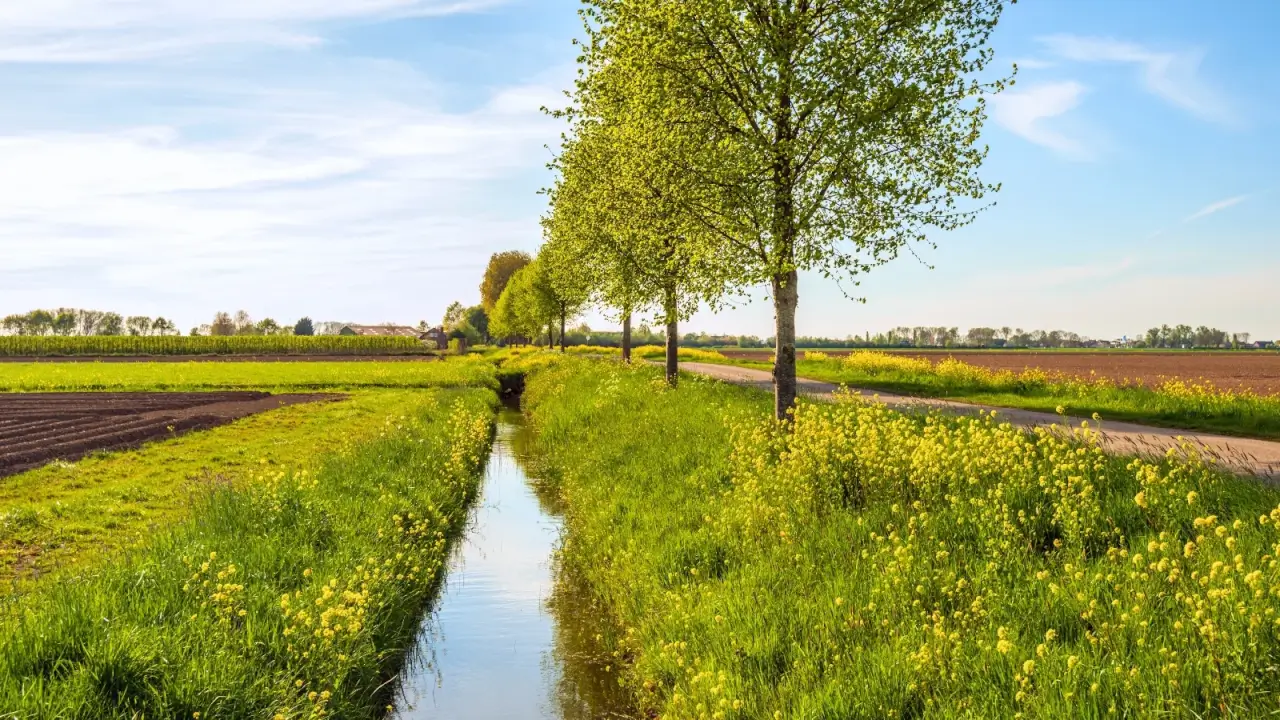










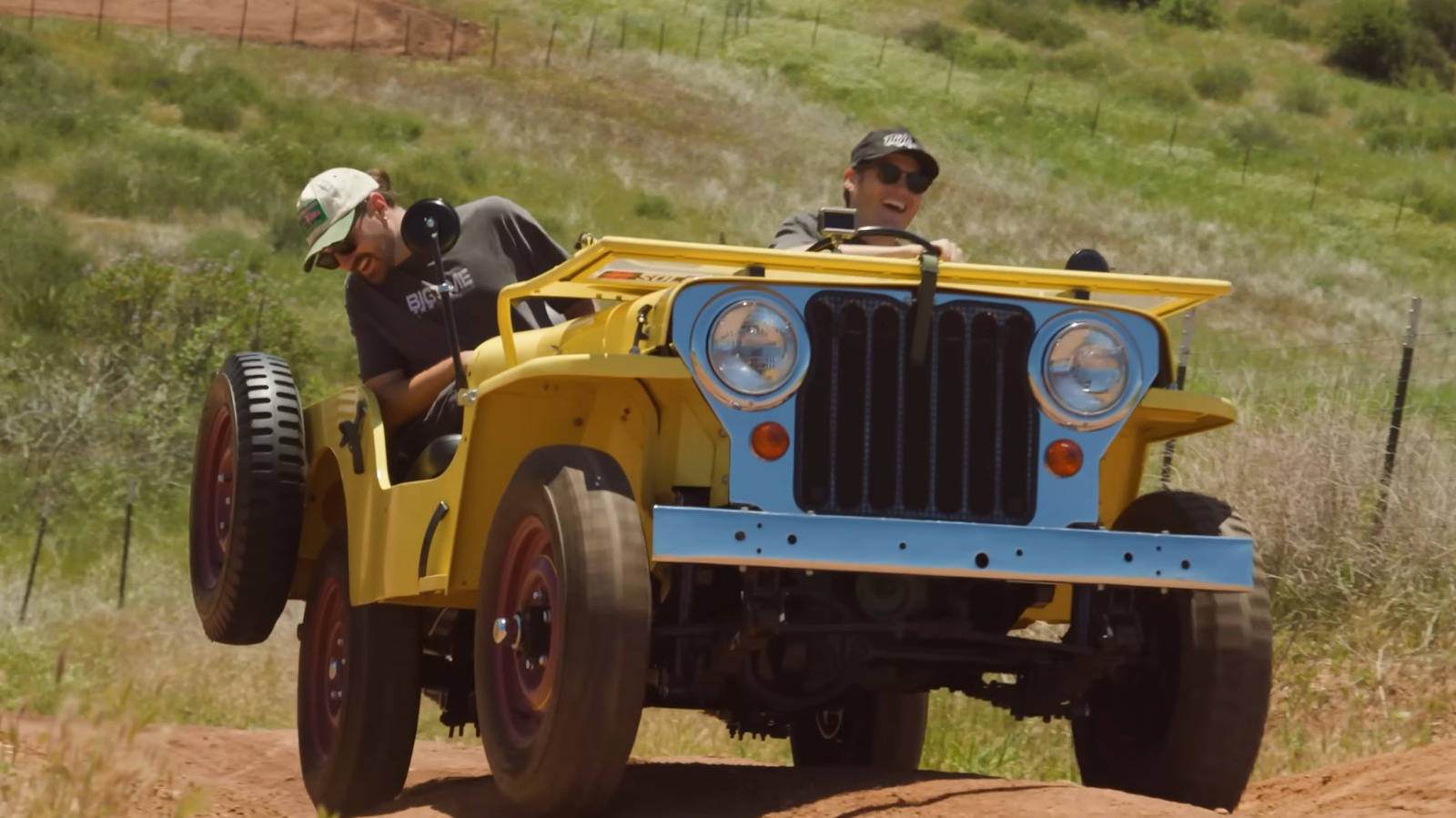
















































































![[Video] The Weekly Break Out Ep. 19: Army aviation’s shakeup and the F-35’s future](https://breakingdefense.com/wp-content/uploads/sites/3/2025/05/EP-19-THUMB-play-button.jpg?#)


























